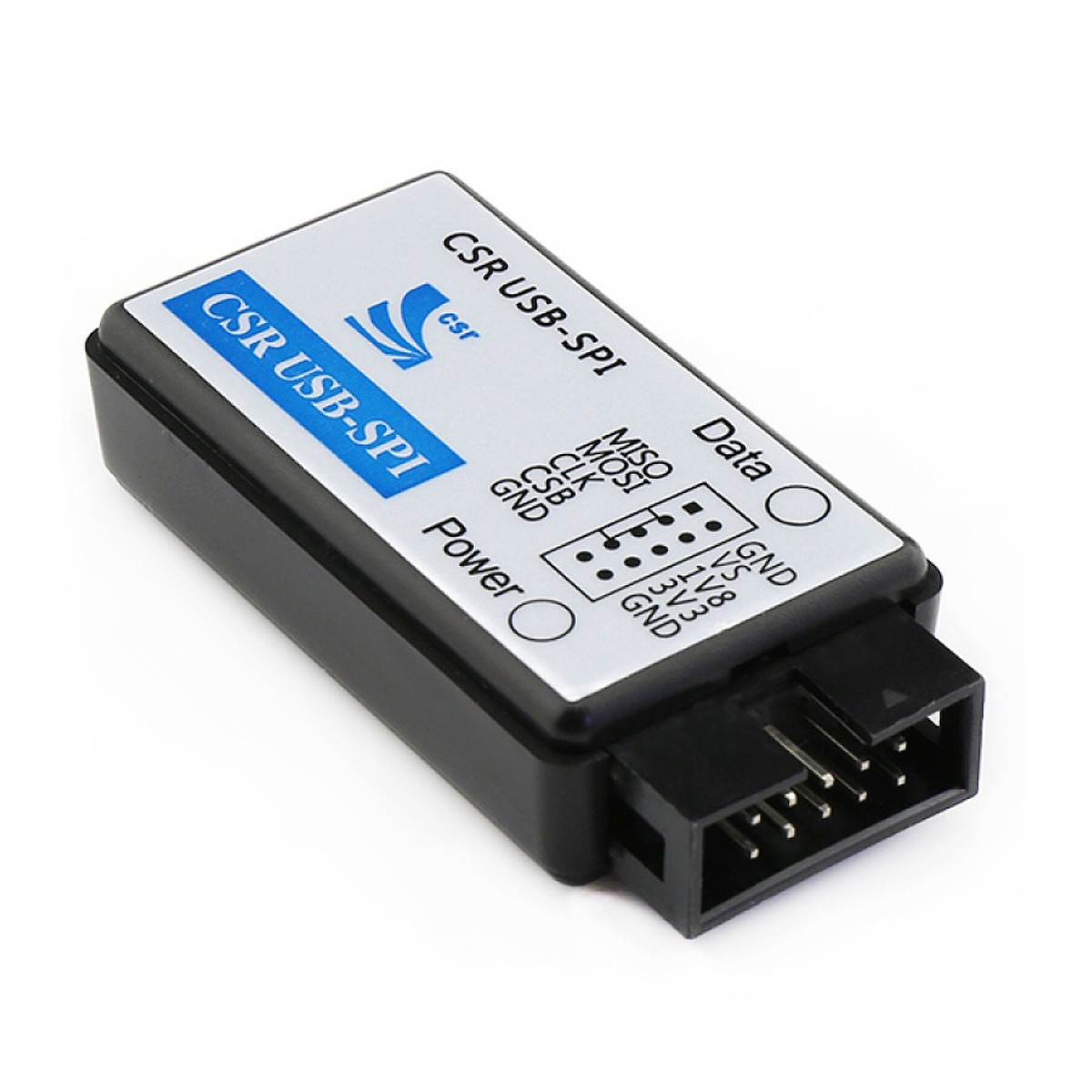

- #Csr support bluesuite upgrade#
- #Csr support bluesuite android#
- #Csr support bluesuite free#
- #Csr support bluesuite windows#
#Csr support bluesuite android#
Bitblt code in Android lives in /system/lib/hw/copybit.*.so and depends on gralloc.*.so from the same dir (* there is vendor/implementation identifier - Android support multiple, pluggable implementations).
#Csr support bluesuite windows#
Well, X Windows won't run too zippy either. This is actually pretty important step - without accelerated bitblt, Android with more or less big screen will run pretty sluggishly. Next step is making sure that basic hardware acceleration works - accelerated bitblt/compositing (defining compositing as bitblt with alpha). In an ideal world, that would all that's needed, but vendors don't like GPL, and try to move stuff outside of kernel. Sometimes, it's not violating GPL (or tainting kernel, but who wants that? -) ). That's, when source code for such modules is available. This means forward-porting hardware support modules to a new kernel version.

#Csr support bluesuite upgrade#
So, what it takes to upgrade Android on an arbitrary Android device (from user perspective)? What takes to run Linux in full-fledged mode? This boils down to few things: queueBuffer() method is implemented by calling framebuffer's post() method which well, shows the buffer on the screen. It then allocates back and front buffers from gralloc devices with the size of the framebuffer. Native_handle's are produced by gralloc vendor module, and that's exactly what FramebufferNativeWindow constructor does - it loads gralloc module, then uses it to open framebuffer and gralloc devices. buffer_handle_t is native_handle*, and native_handle is a generic container for arbitrary number of fd's and pointers. Among simple things like width/height it contains buffer_handle_t, which leads in utero of vendor graphics driver. It is also subclassed from android_native_base_t, its magic is "_bfr". There's factory function to get its instance: android_createDisplaySurface().Īll implementation details on buffers used are hidden in android_native_buffer_t type.
#Csr support bluesuite free#
Essentially, it appears that EGL takes a free buffer out of native system's rotation, locks it for changing its contents, then puts back into queue for display.Īctual implementation of ANativeWindow for read device screen is in libs/ui/FramebufferNativeWindow.cpp. Among the most interesting are dequeueBuffer(), lockBuffer(), queueBuffer(). It uses subclassing from android_native_base_t, and that contains fields for magic ("_wnd" for ANativeWindow) and version-sizeof. ANativeWindow is defined in platform/frameworks/base/include/ui/egl/android_natives.h:ĪNativeWindow not just emulates VMT, but seems to want to do entire C++ in C-like manner in its metes and bounds. ANativeWindow was android_native_window_t in Eclair, but was renamed to ANativeWindow in Froyo (android_native_window_t is still available for compatibility). The "fix" came with the later versions.ĮGLNativeWindowType is defined (in include/EGL/eglplatform.h) to be struct ANativeWindow*. It's clear that in its young years, Android was fair and naive, not suitable at all for typical vendor OpenGL mumbo-jumbo. The structure also directly contains "Base memory virtual address of the surface in the CPU side" and other easily graspable memory/graphics notions. So yes, it seems that eglSwapBuffers() just calls out to this. Out of these, there's essentially one related to rendering finalization: swapBuffers(). There're some function pointers (virtual method table) used by EGL to call into native windowing system (deep, close to vendor drivers) to support its workings. It starts with a "magic" (signature) 0圆00913, followed by "version" which is sizeof of the structure (now I know why Microsoft gets a buck on each Android phone sold - they for sure patented this (stupid? lazy?) trick widely used in Win32 API). This is nice, clean, standalone structure (unlike horror in Eclair+). egl_native_window_t is defined nearby in opengl/include/EGL/eglnatives.h.

At least, EGL is what takes care of actually displaying on screen what was rendered by OpenGL ES.ĮGLNativeWindowType is defined in opengl/include/EGL/eglplatform.h as struct egl_native_window_t*. EGL is defined here and appears to be in OpenGL ES something what GLUT was (?) in OpenGL world.


 0 kommentar(er)
0 kommentar(er)
